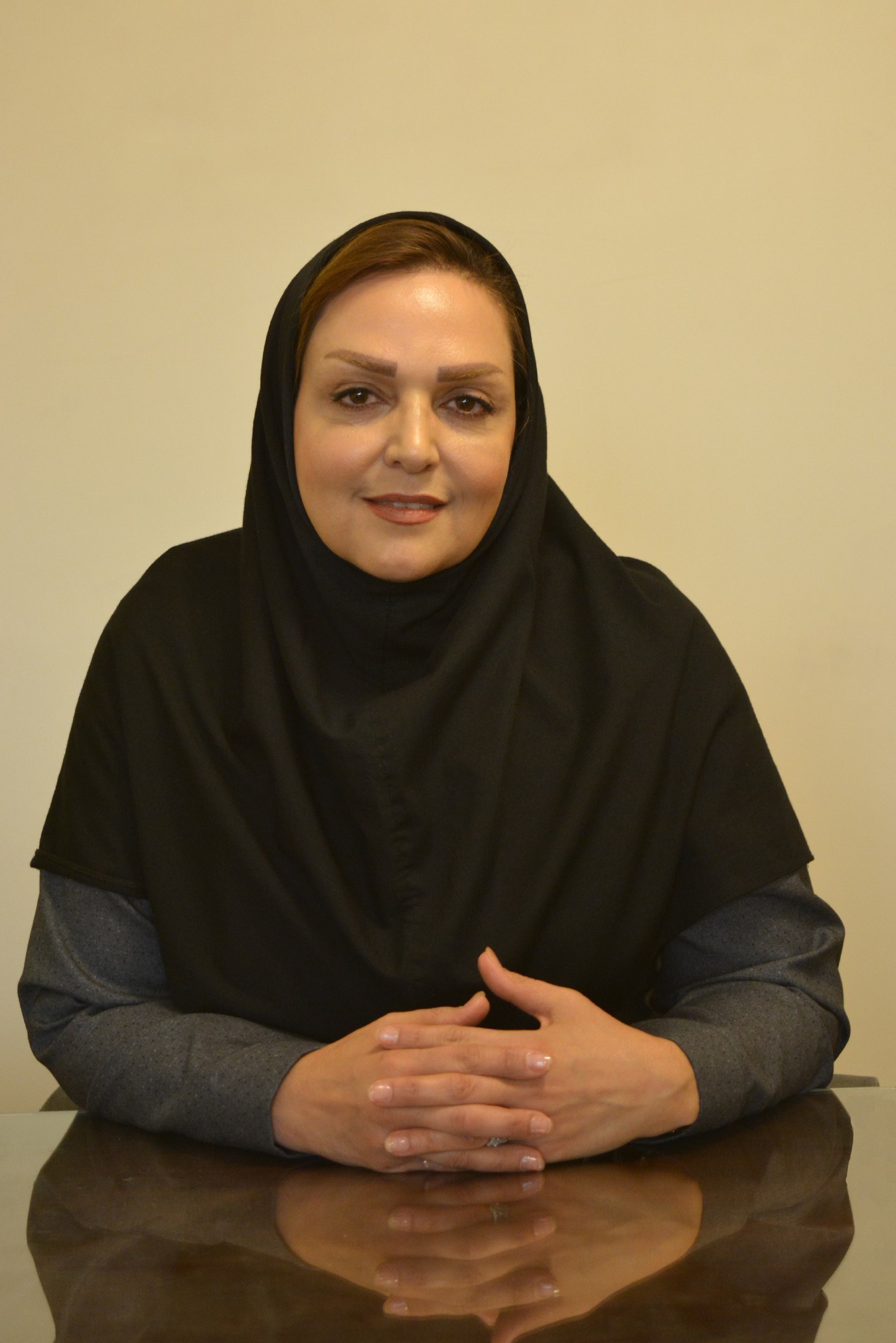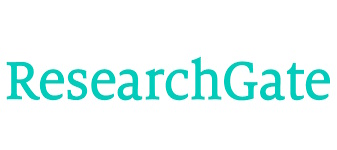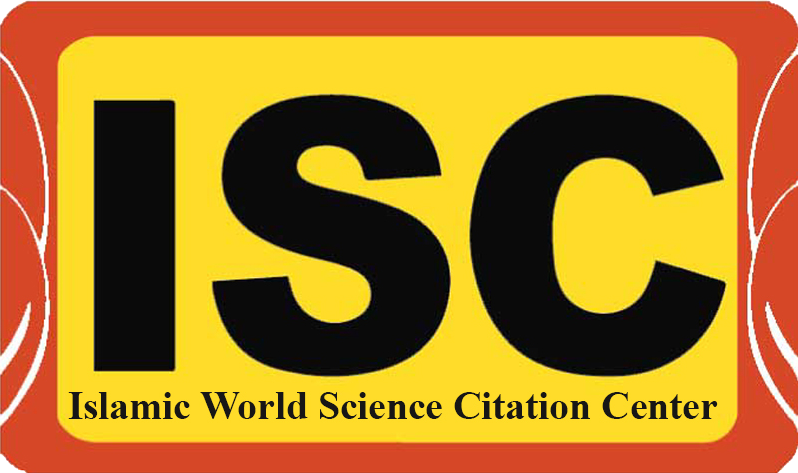Qualitative Study of Factors Influencing Internet Addiction in Adolescents: Design and Validation of an Intervention Based on It
Keywords:
Internet addiction, Mixed methods research, Phenomenological approach, AdolescentsAbstract
Objective: The aim of this study was to qualitatively investigate the factors influencing internet addiction and to design an intervention based on these factors for adolescents.
Methods and Materials: The research method was a sequential exploratory mixed method. In the first part of this study, a qualitative method with a phenomenological approach was used to examine adolescents' lived experiences of internet addiction. To achieve this goal, unstructured interviews were conducted, and theoretical saturation was reached after interviewing 20 adolescents. The interviews were then transcribed and entered into MAXQDA software for coding and categorization.
Findings: Using thematic analysis, 33 sub-themes and 13 main themes were identified. Subsequently, based on the extracted themes and with reference to theoretical and research backgrounds, an 11-session educational intervention was developed. In the next part of the study, to validate the educational intervention, its content validity was assessed using the Delphi method. A panel of 12 experts was consulted, and the Content Validity Index (CVI) and Content Validity Ratio (CVR) were calculated. The content validity index and content validity ratio for the intervention sessions ranged from 0.91 to 1, indicating a satisfactory level.
Conclusion: Therefore, the educational intervention based on adolescents' lived experiences regarding internet addiction possesses the necessary validity for application in educational, clinical, and research settings. However, evaluating the effectiveness of this intervention package requires experimental research in this area.
Downloads

Downloads
Additional Files
Published
Issue
Section
License
Copyright (c) 2024 Mohadese Ahmadi (Author); Somayeh Aghamohamadi (Corresponding Author)

This work is licensed under a Creative Commons Attribution-NonCommercial 4.0 International License.






















